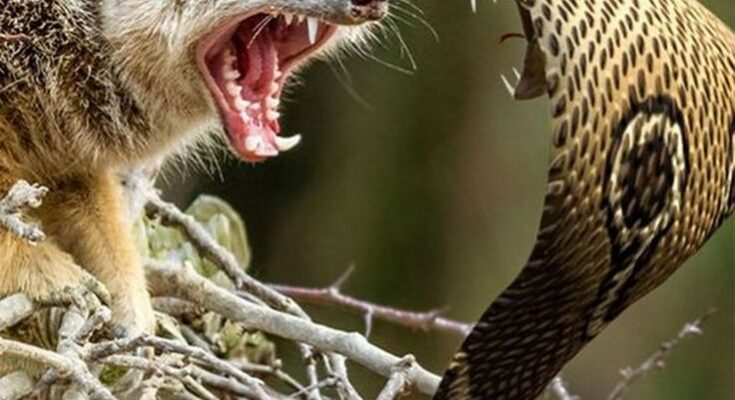Wildlife refers to undomesticated animals, birds, insects, and plants, which coexist in their natural habitats, playing vital roles in maintaining the ecological balance of Earth.
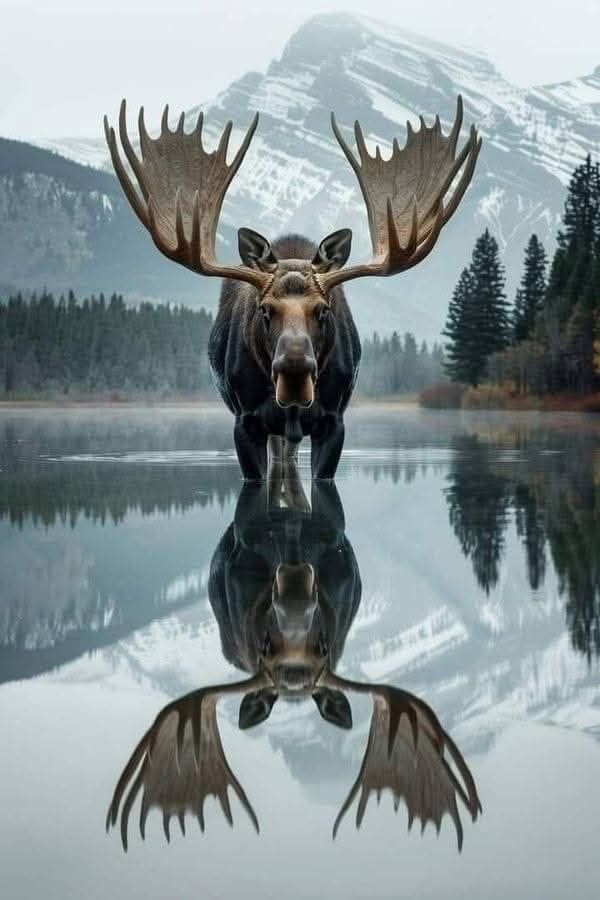
From the majestic elephants of Africa to the elusive snow leopards of the Himalayas, wildlife encompasses a vast array of species that inhabit forests, grasslands, oceans, and deserts. The term “wildlife” conjures images of creatures living freely, following instincts, and adapting to their environments in ways that have been perfected over millennia. But in today’s world, the survival of wildlife faces unprecedented challenges. Habitat destruction, poaching, climate change, and human encroachment have significantly threatened many species. As the need for conservation intensifies, understanding the role of wildlife in maintaining Earth’s biodiversity and ecosystem health is more crucial than ever.
The Importance of Wildlife
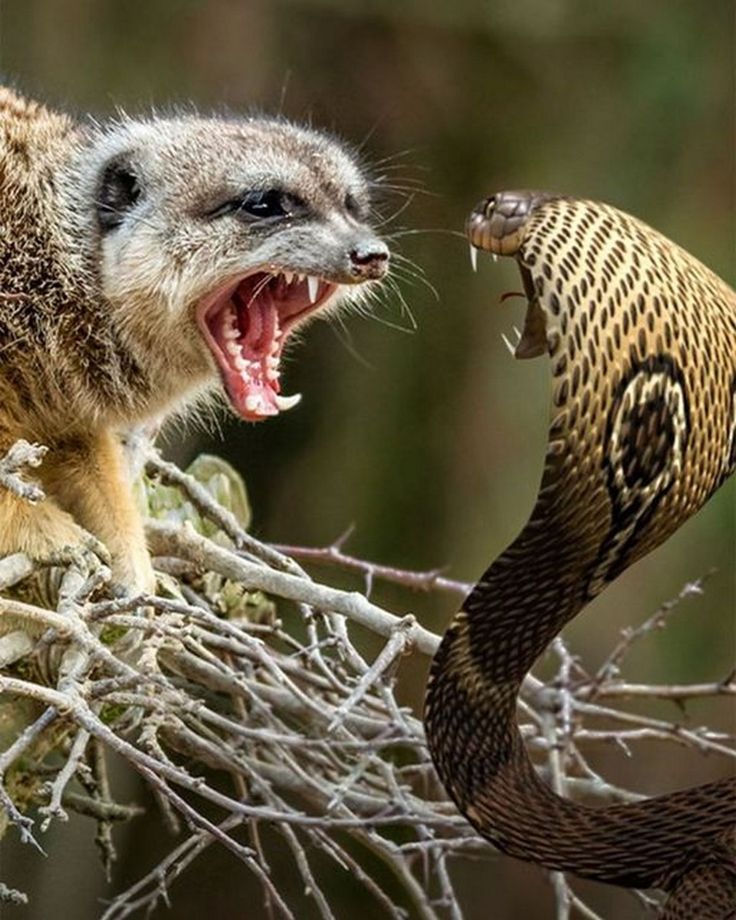
Wildlife is not just a collection of animals and plants; it forms the intricate web of life that sustains ecosystems and provides humans with essential resources. The interdependence of species within ecosystems maintains ecological balance, supporting processes like pollination, water purification, soil fertility, and climate regulation. Here are some key reasons why wildlife is indispensable:
1. Biodiversity Maintenance
Biodiversity refers to the variety of life on Earth, including the diversity of species, ecosystems, and genetic diversity. Wildlife contributes to biodiversity by ensuring a wide range of genetic, species, and ecosystem varieties. Diverse ecosystems are more resilient to environmental stressors and changes, including climate change, disease, and natural disasters. The loss of any species can have cascading effects on the entire food chain, affecting the health of ecosystems and their ability to support human populations.
2. Pollination
Many of the food crops humans rely on, including fruits, vegetables, and nuts, are pollinated by wild insects such as bees, butterflies, and bats. Without these pollinators, the global food supply would be severely affected. According to the UN Food and Agriculture Organization, about 75% of flowering plants and 35% of global food crops rely on pollination by animals. The decline of pollinator species, largely due to pesticide use, habitat destruction, and climate change, poses a serious threat to global food security.
3. Regulation of Climate
Wildlife plays a crucial role in maintaining the Earth’s climate balance. Forests, oceans, and wetlands act as carbon sinks, absorbing carbon dioxide from the atmosphere and helping to regulate the climate. Large mammals, like elephants, shape their environments by pushing over trees or creating water holes, which in turn impacts the carbon balance of their ecosystems. The disappearance of such keystone species can accelerate climate change, making it even harder for humans and wildlife to adapt.
4. Medicinal Resources
Many modern medicines have their roots in the natural world, derived from plant, animal, and microorganism species. For example, the antibiotic penicillin was first discovered in a mold, and compounds from the bark of the Pacific yew tree are used in cancer treatments. Scientists are continuously exploring the natural world for potential cures to diseases, and the loss of species could limit future opportunities for medical advancements.
5. Cultural and Spiritual Value
Wildlife has been integral to human culture, providing inspiration for art, mythology, religion, and traditional practices. Many indigenous cultures revere specific species and ecosystems, viewing them as sacred. The preservation of wildlife and natural landscapes is often intertwined with cultural and spiritual beliefs, as these ecosystems form the foundation of a community’s identity and way of life. For example, elephants hold immense cultural significance in several Asian countries, and the lion is seen as a symbol of strength and pride in Africa.
Threats to Wildlife
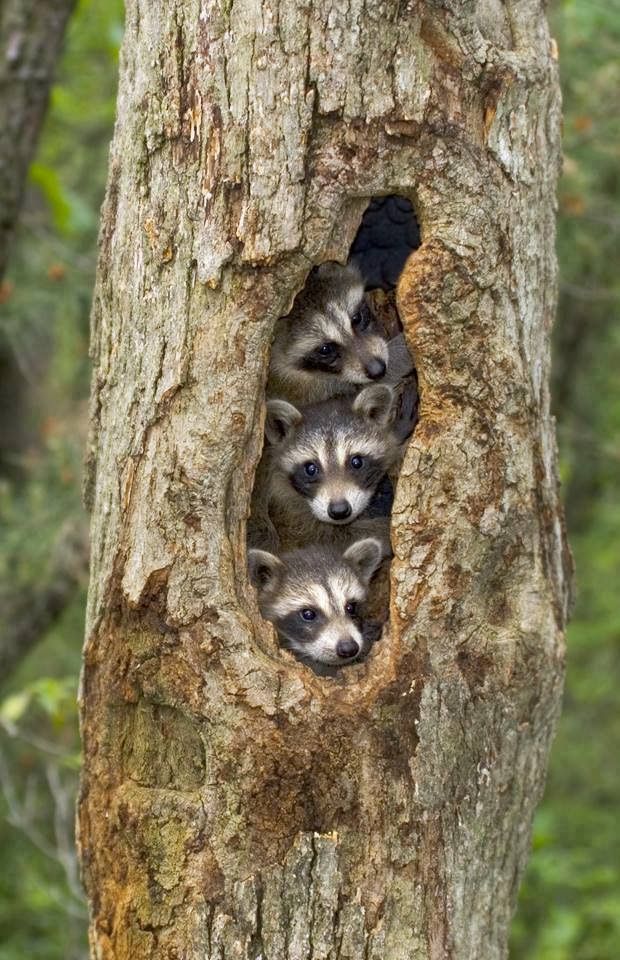
Despite the myriad ways wildlife supports life on Earth, it faces an array of threats, many of which are human-induced. As populations expand and industrialization progresses, the natural world has been pushed into increasingly smaller spaces, often with devastating consequences for species survival.
1. Habitat Destruction
The leading cause of wildlife endangerment is habitat loss due to human activity. Deforestation, urbanization, mining, and agriculture all contribute to the fragmentation and destruction of ecosystems. As natural habitats shrink, wildlife is forced into smaller, more isolated areas, reducing their ability to find food, mates, and shelter. The destruction of the Amazon rainforest, for example, not only threatens the biodiversity of the region but also contributes to global climate change by releasing stored carbon into the atmosphere.
2. Poaching and Illegal Wildlife Trade
Poaching for illegal wildlife trade is another significant threat to many species. Animals are killed for their body parts, such as ivory, skins, bones, or medicinal use. Elephants and rhinos, for instance, are targeted for their tusks and horns, respectively, leading to drastic declines in their populations. The illegal wildlife trade, which includes animals such as tigers, pangolins, and sea turtles, is valued at billions of dollars annually and fuels organized crime, corruption, and violence.
3. Climate Change
Climate change is having far-reaching impacts on wildlife, affecting their migration patterns, reproductive cycles, and food availability. Rising temperatures, altered precipitation patterns, and more extreme weather events disrupt ecosystems and the delicate balance species rely on for survival. Polar bears, for example, are losing their sea ice habitats due to warming temperatures, leading to lower survival rates. Similarly, coral reefs, which support a vast diversity of marine life, are bleaching and dying due to warmer ocean temperatures.
4. Pollution
Pollution is another significant threat to wildlife. Chemicals, plastics, and other waste products contaminate the air, water, and soil, leading to serious health problems for animals. Ocean pollution, particularly plastic waste, has become a global crisis, with marine species ingesting or becoming entangled in plastic debris. This pollution not only harms individual animals but also disrupts entire ecosystems. Similarly, pesticides used in agriculture can contaminate food sources for insects and birds, leading to population declines.
5. Invasive Species
Invasive species are non-native organisms that, when introduced into new environments, outcompete or prey upon native species. These invasions can lead to the decline or extinction of native wildlife. For example, the introduction of the Nile perch into Lake Victoria in Africa led to the decimation of many indigenous fish species, disrupting the entire aquatic ecosystem.
The Path to Conservation
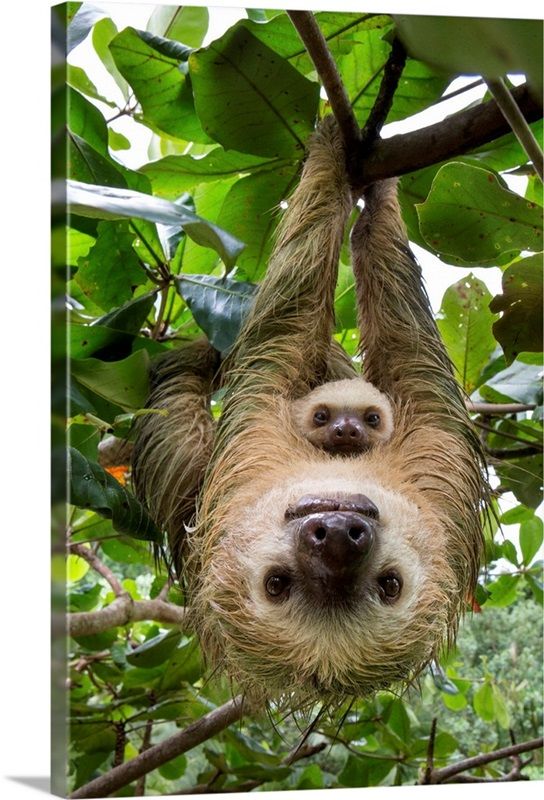
As the threats to wildlife continue to intensify, concerted efforts are being made globally to conserve and protect endangered species. Conservation organizations, governments, and local communities are working together to safeguard habitats, fight poaching, and raise awareness about the importance of biodiversity. The following strategies are essential to ensure the survival of wildlife:
1. Protected Areas
One of the most effective ways to protect wildlife is through the establishment of protected areas such as national parks, wildlife reserves, and marine sanctuaries. These areas offer safe havens for animals to live and reproduce without the immediate threat of human encroachment or habitat destruction. Countries like Kenya, Tanzania, and India have successfully used protected areas to help save iconic species like lions, elephants, and tigers.
2. Legislation and Enforcement
Governments play a crucial role in wildlife conservation by passing and enforcing laws that protect animals from poaching and habitat destruction. International agreements, such as the Convention on International Trade in Endangered Species (CITES), work to regulate the global trade of endangered species. Strengthening enforcement of wildlife protection laws and cracking down on illegal trade are vital to curbing poaching.
3. Community Involvement
Involving local communities in conservation efforts is key to ensuring long-term success. When communities are educated about the value of wildlife and their role in protecting it, they are more likely to take ownership of conservation initiatives. Eco-tourism, where local communities benefit economically from protecting wildlife, is one example of how conservation and development can go hand in hand.
4. Habitat Restoration
Restoring damaged ecosystems is another important conservation strategy. This can include replanting forests, rehabilitating coral reefs, or creating wildlife corridors that allow animals to move between fragmented habitats. By restoring these environments, wildlife can recover and thrive.
5. Public Awareness and Education
Raising public awareness about the importance of wildlife and the challenges they face is essential to garnering support for conservation efforts. Education campaigns can encourage sustainable practices, such as reducing plastic consumption or supporting ethical wildlife tourism, which directly contribute to protecting wildlife.
Conclusion: The Future of Wildlife
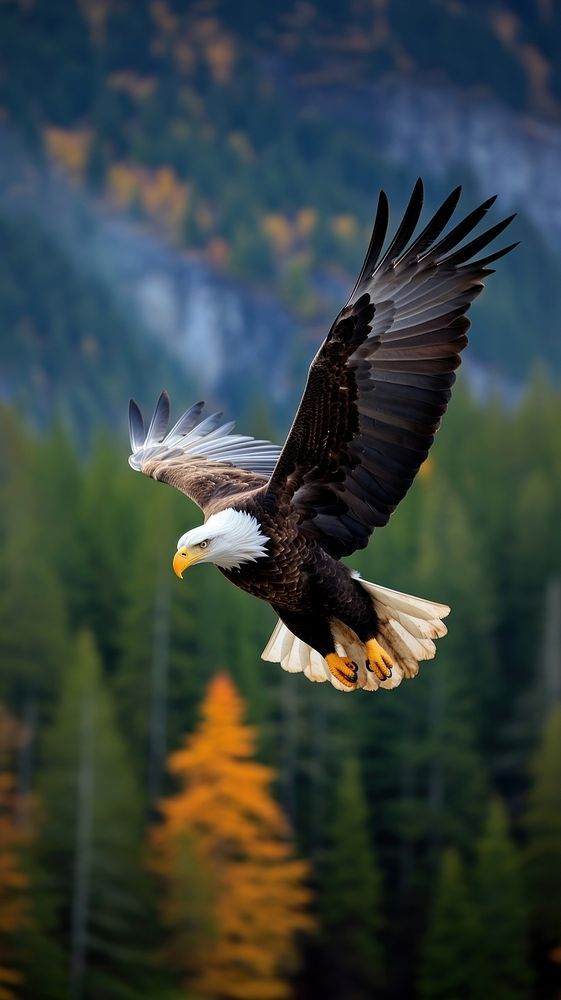
The future of wildlife hinges on collective action. As humans continue to encroach on natural habitats, the responsibility to protect and preserve the world’s biodiversity has never been more urgent. While many species face grave threats, there is hope through continued conservation efforts, international collaboration, and education. The survival of wildlife is not just about saving animals; it’s about ensuring a healthier planet for future generations. By acting now, we can ensure that the majestic creatures of the wild continue to roam Earth, contributing to the rich tapestry of life that sustains us all.
